Day of the military motorist of the Armed Forces of the Russian Federation
Automobile troops of the Armed Forces of Russia (AV AF of Russia) is an association (special troops) within the Armed Forces of Russia, which is intended for the transportation of personnel, fuel, ammunition, food and other materiel that are necessary for combat operations, as well as evacuation of the wounded, sick and damaged equipment in combat conditions. In addition, automobile troops can transport troops that do not have their own road transport.
The Russian Armed Forces are organizationally composed of automobile (motor) units, formations and units, institutions, and management, and may organizationally form part of combined-arms units and formations, as well as units and formations of types of armed forces and combat arms, or make up separate automotive units and units. . In Russia, automotive troops have existed since 1910. Thus, the Russian automobile troops took part in all the major wars and conflicts of the XX century.
May 29 date for the holiday was not chosen by chance. It was on this day in 1910 that the first Automotive Training Company was formed in St. Petersburg, which laid the foundations for automobile business in the Russian army and became the prototype for the future organization of the automobile service and the entire system of auto technical support of the Russian Armed Forces. Pyotr Sekretov, who with the rank of captain in May 1910, headed the first Autoroaut Training School, then a military automotive school, is considered to be the creator of the Russian automobile troops. Having served as a major general, in 1917, he led all the automotive units of the Russian army.
It is worth noting that Russia entered the First World War, having in its composition the entire 5 of individual automobile companies. Despite its small number, automobile equipment was already recognized as an effective, maneuverable and very promising means of transporting troops and cargo during the First World War. In the course of further combat operations, the automotive units of the regular army had to solve numerous tasks for the transportation of personnel and cargo, as well as mobilization and supply tasks. Russia ended World War I already with 22 automotive divisions, the total fleet of which was about 10 thousands of vehicles of different carrying capacities.
During the years of the civil war in Russia, motor transport used both red and white, and both parties to the conflict experienced significant difficulties in providing their motor units with fuel and lubricants and spare parts. In 1920, the fleet of young Red Army numbered about 7,5 thousands of cars (mainly foreign-made).
At the end of the 1920-s, the formation of separate automobile battalions of regional subordination began in the country, which were completed with new domestic cars. By the middle of the 1930-s, the Red Army consisted of 40 thousands of cars. At the same time, Soviet military theorists began to consider the car as the main means of infantry motorization, which was to follow the armored fist during a deep offensive operation.
By the beginning of World War II, the Red Army already had more than 272 thousand vehicles of all types, the backbone of the fleet was then the famous GAZ-AA “one and a half cars”, ZIS-5 “three-ton” cars and GAZ-M1 passenger cars. In the first months of the war, motor units of the Red Army suffered catastrophic losses in technology, which were partially overcome by the mobilization of automotive equipment from the national economy and the release of new cars. At the same time, car production in the USSR during the war decreased significantly, averaging 51,2 thousand cars per year. The decrease in production volumes was mainly due to the switching of part of automobile workshops and factories to the production of military equipment, especially tanks and self-propelled guns. Difficulties in providing plants with metal and other scarce materials also affected.
Until the end of World War II, the Soviet automobile industry did not reach the 1941 performance of the year. An important role during the war years in the formation of motor units and units of the Red Army was played by the supply of foreign-made vehicles under the Lend-Lease program. During the war years, 375 883 trucks and 51 503 all-terrain vehicles and SUVs, as well as 3 million 786 thousands of car tires were sent to the Soviet Union. Another quite important source of replenishment of the motor fleet of the Red Army was the captured automotive equipment. In the period from November 1942 to March 1943 alone, Soviet troops captured thousands of German cars of various types 123. All this made it possible to significantly increase the volume of military road transport. In the 1943 year, they were doubled compared to the 1941 year, and in the 1944 year - to triple.
In total, over the years of the war, more than 145 million tons of various cargoes were transported by motor transport units and units of the Red Army. By the middle of 1945, the Soviet troops had 664,5 with thousands of vehicles of different types, 32,8% of them accounted for the equipment supplied under the lend-lease program, 9,1% - for captured vehicles. For the exemplary performance of the tasks of the 14 command of automotive units and formations, they received honorary names, 94 were awarded the Orders of the Red Banner, the Red Star, Alexander Nevsky and Kutuzov. For selfless labor and feats during the 21 war years, a thousand military motorists were awarded various orders and medals, and 11 of them became Heroes of the Soviet Union.
The experience of the Great Patriotic War pushed the military to equip motor units with all-wheel drive trucks. Already at the end of the 1940s, the production of the army ZIS-151 was deployed in the country, later ZIL-164 and GAZ-53 appeared. In the 1970-e years, they were replaced by GAZ-66, Ural-375 and ZIL-131, production of diesel KAMAZ, as well as all-terrain vehicles UAZ-469, which for many years turned into the main domestic SUV, began.
Also in the 1950-ies, the Soviet auto builders faced a new challenge - to ensure the mobility of nuclear-missile weapons created in the country. This task was successfully solved, in the USSR special wheeled chassis were created, designed to accommodate missile systems, many of them still have no analogues. With the development of motor vehicles and armaments, the level of motorization of troops was continuously growing, and military motor vehicles (BAT) became the material basis for troop mobility. At the same time, a car from a simple means of transporting people and goods became the carrier of various weapons, including the most destructive ones.
So in Afghanistan, it was military motorists who were given the decisive role in providing a limited contingent of Soviet troops in Afghanistan (OXVA) with all kinds of material resources: from cartridges to food. At the same time, the Soviet automobile units carried out transportation of various cargoes not only in the interests of the military, but also in the interests of the peaceful population of Afghanistan. The 58-I separate automobile brigade (58 self-guided unit) and the 59-I army material supply brigade (59 abrmo) made a great contribution to the supply of the Soviet contingent with all the necessary.
Structurally Automobile troops today include automobile brigades, regiments, battalions, and material supply companies, which are part of military unions and formations, as well as logistical units. At present, the Main Automobile and Armored Directorate of the Defense Ministry of the Russian Federation is responsible for the tank technical and auto technical support of the Armed Forces of the Russian Federation. The Department of Transport Services of the Ministry of Defense of the Russian Federation is responsible for the construction and development of the military communications service, the road transport services of the types of the RF Armed Forces, military districts and fleets, types of troops and associations.
Today, the total fleet of military vehicles in the Russian Armed Forces is more than 410 thousands of vehicles for various purposes. In this case, annually in the country are tested new models of automotive technology. For example, only in 2014, on the basis of the Research and Testing Center for Automotive Vehicles 3 of the Central Research Institute of the Russian Ministry of Defense, 37 samples of military vehicles designed in the interests of the Russian army were tested.
On the Day of the Military Motorist, the Military Review congratulates all the active soldiers and officers of the automotive forces, veterans, as well as all those who previously, while in service, control various automotive vehicles with their professional holiday.
Based on materials from open sources
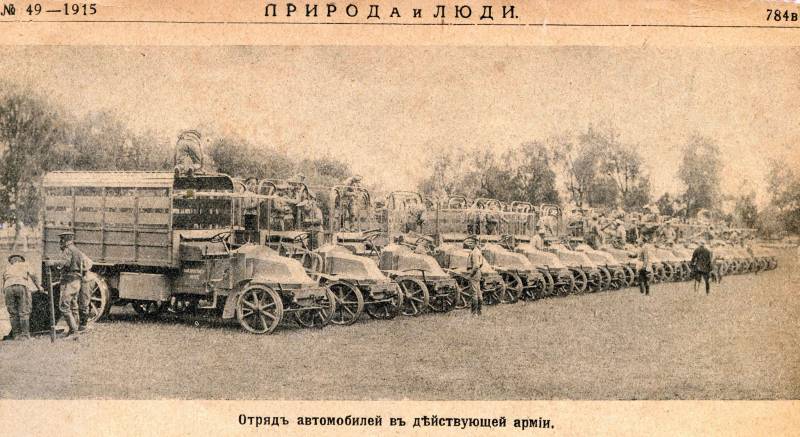
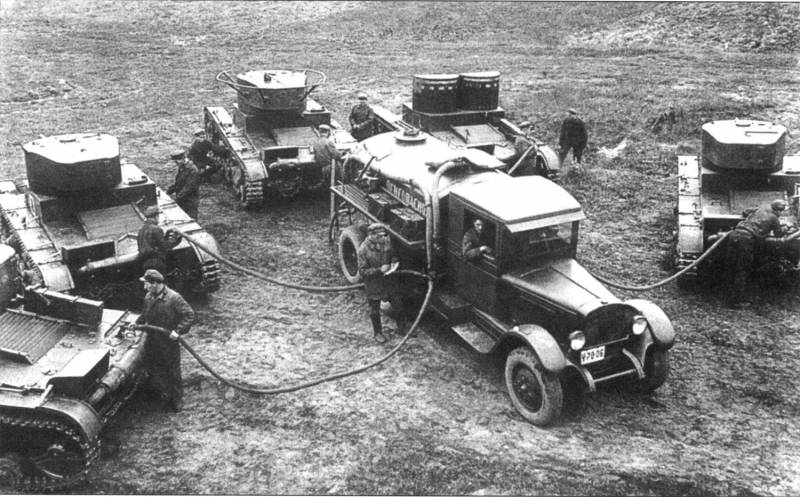
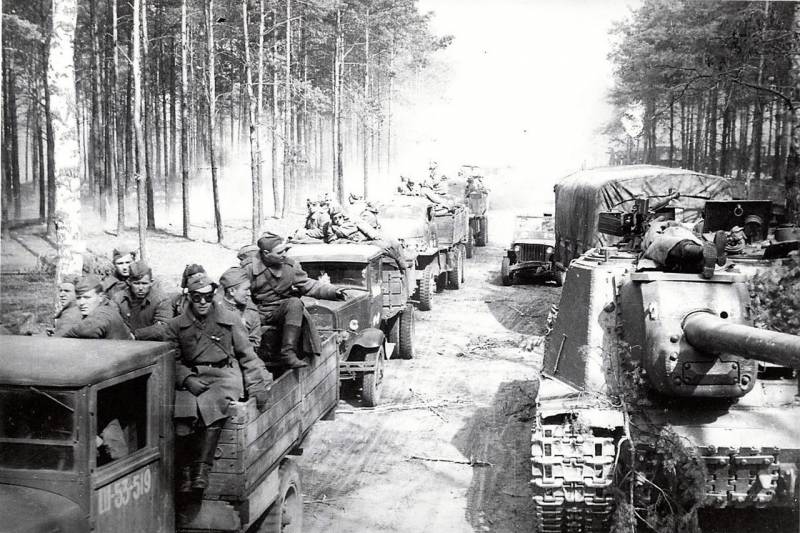
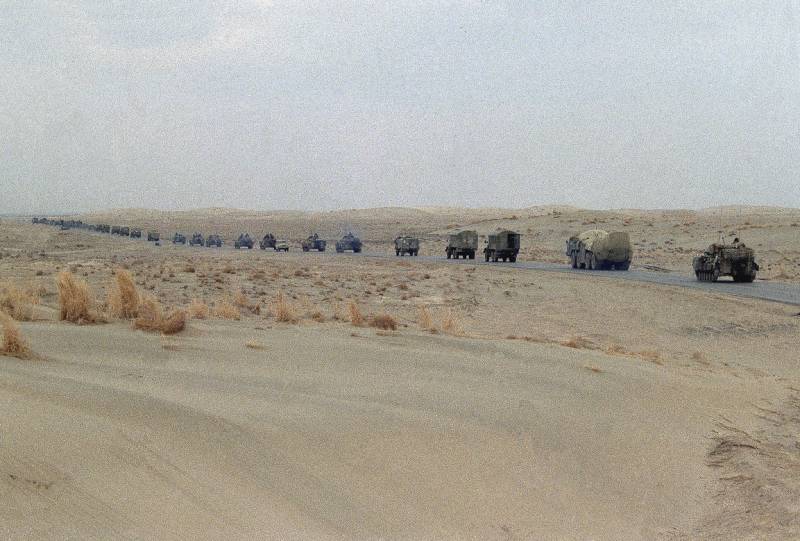
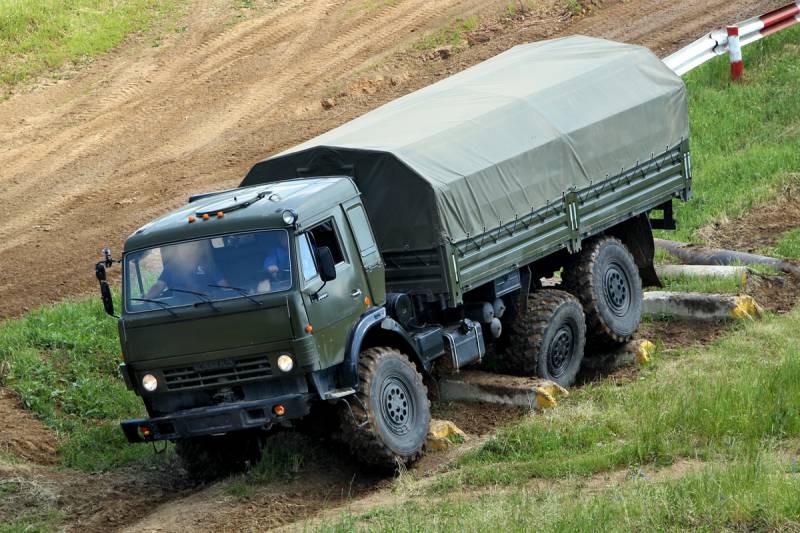
Information